How to write a resume with ChatGPT

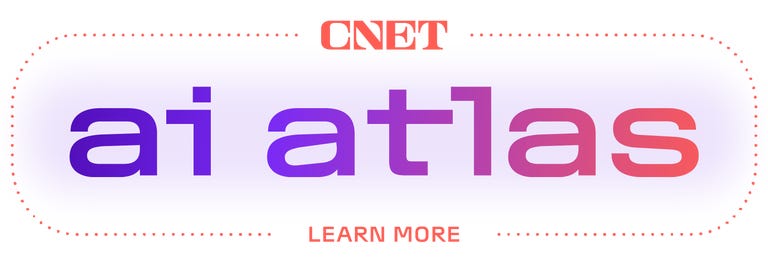
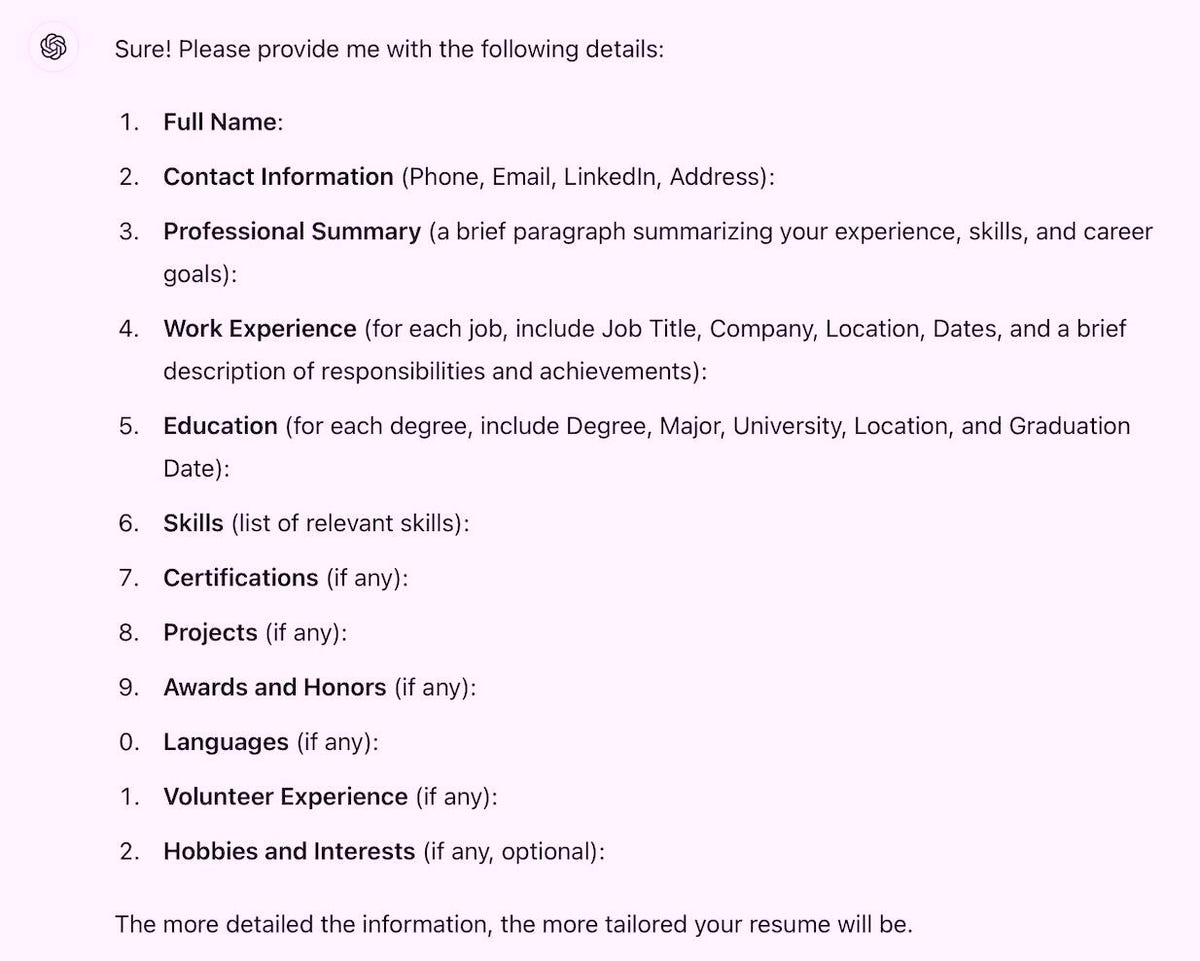
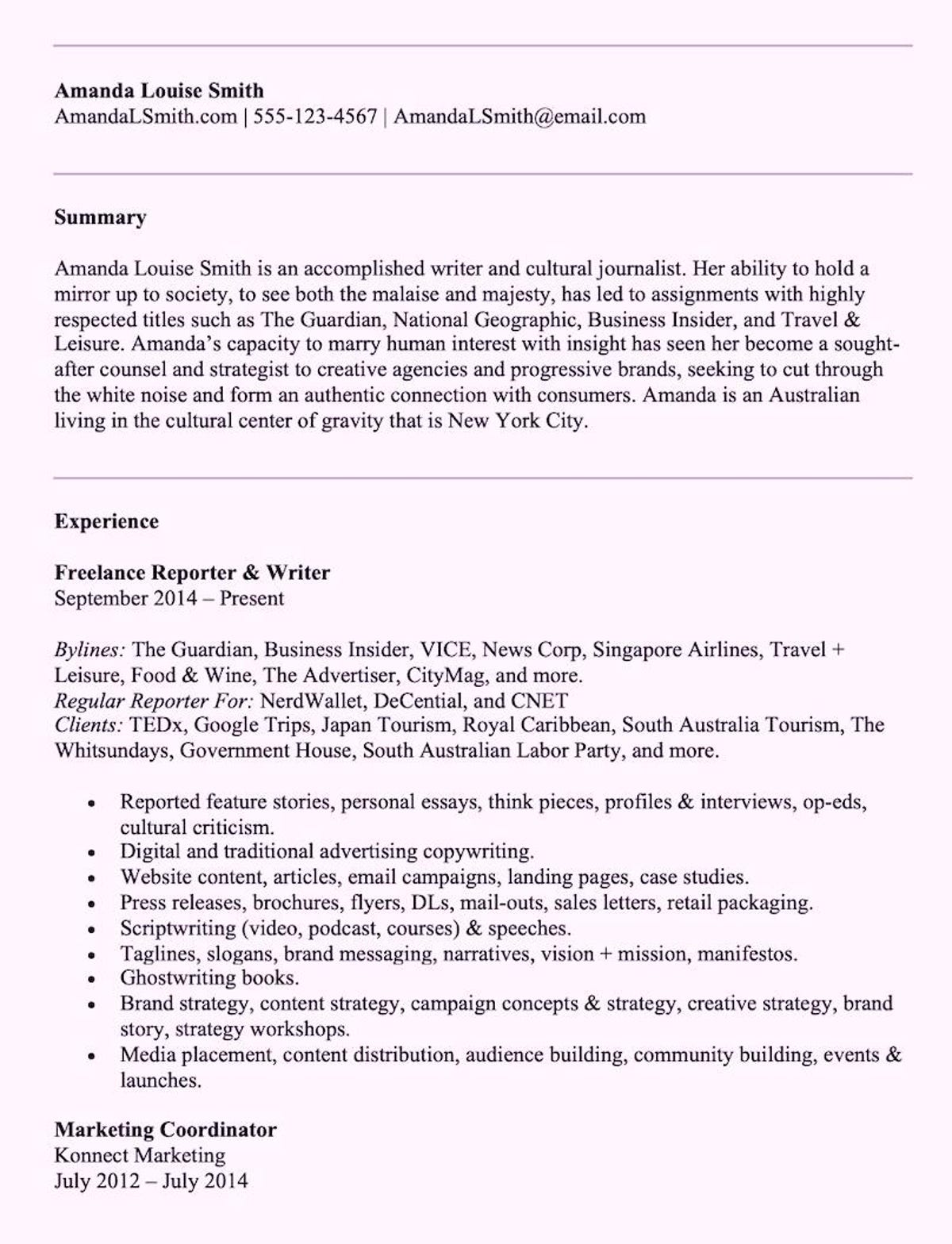

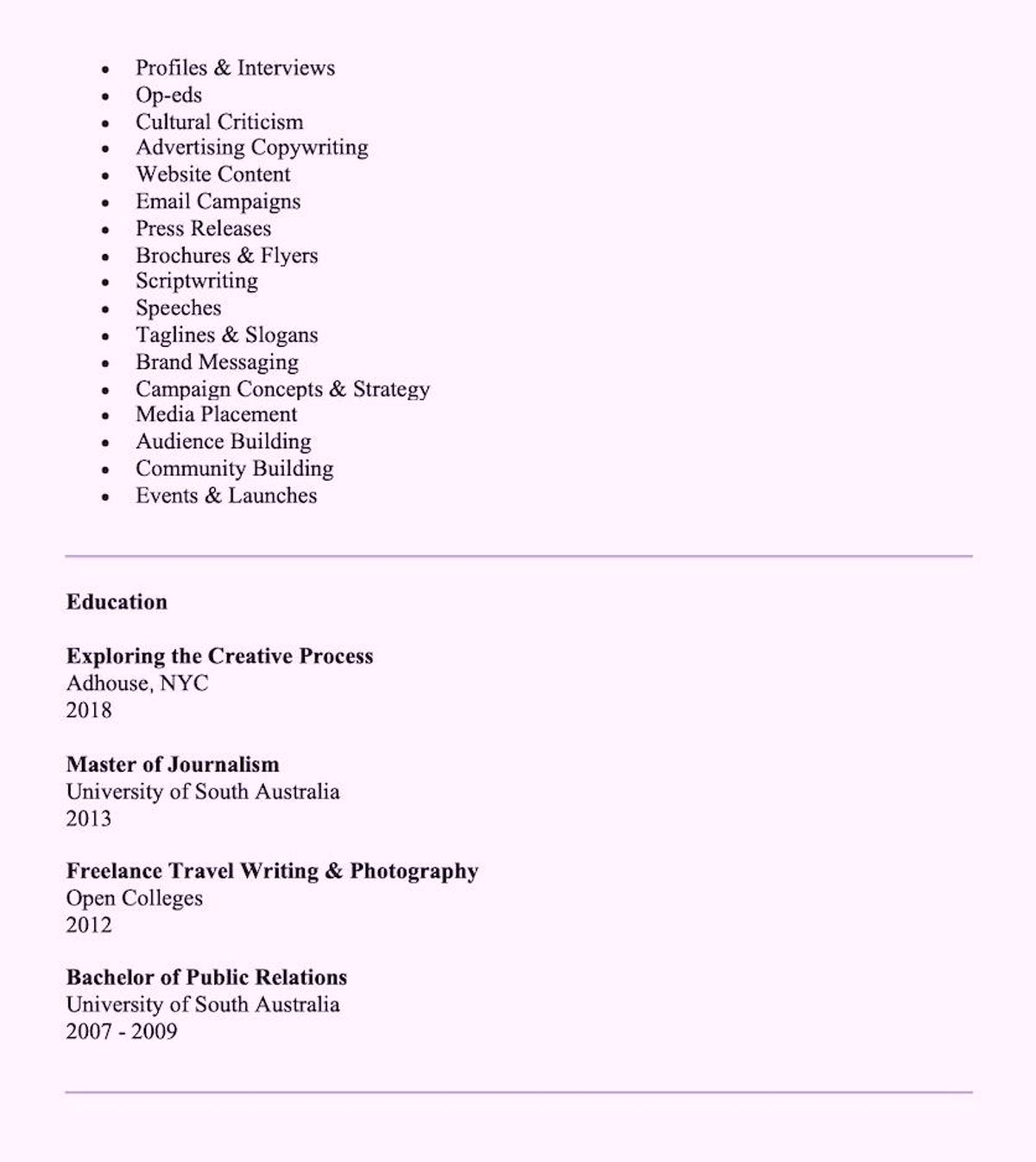
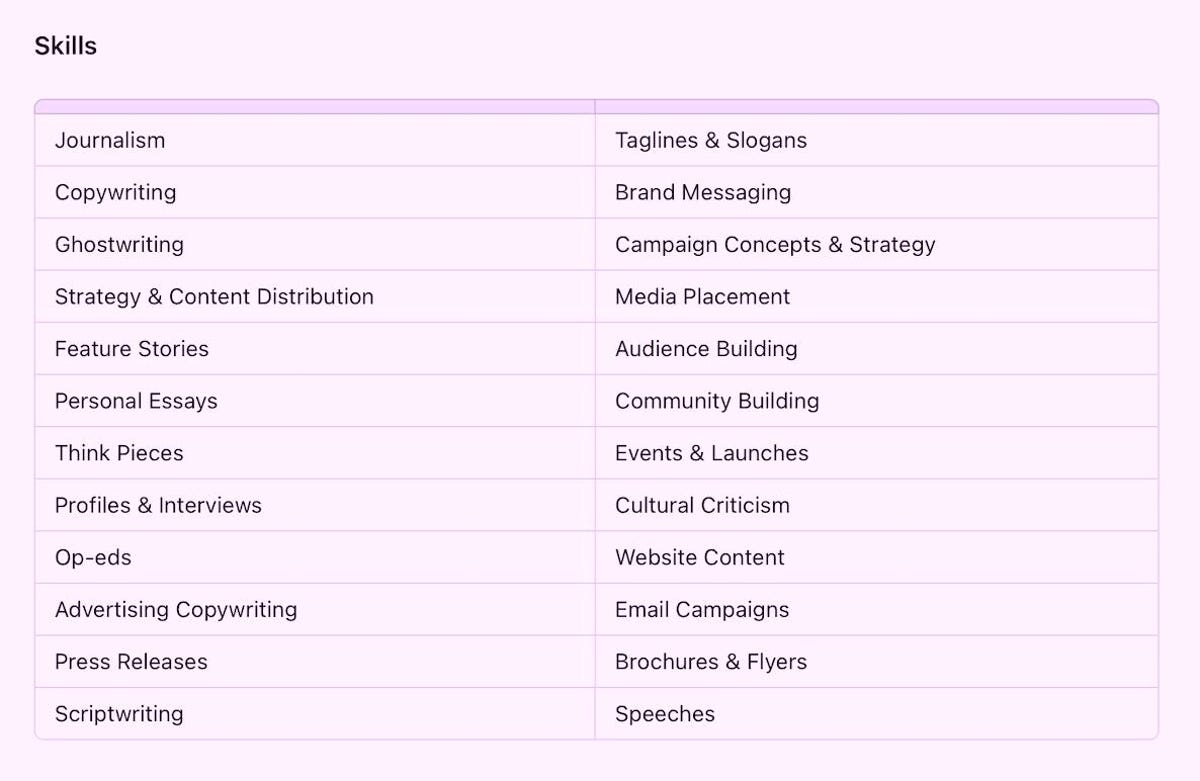
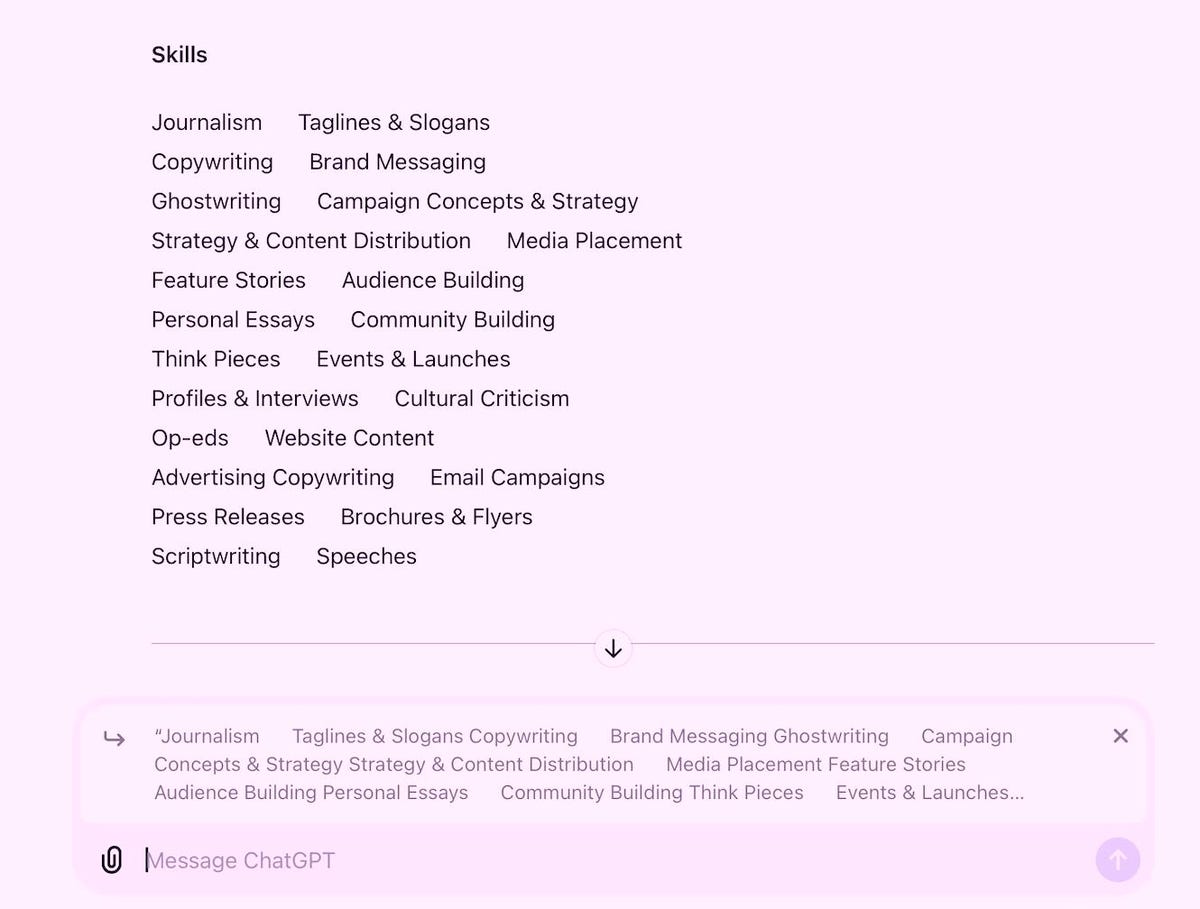
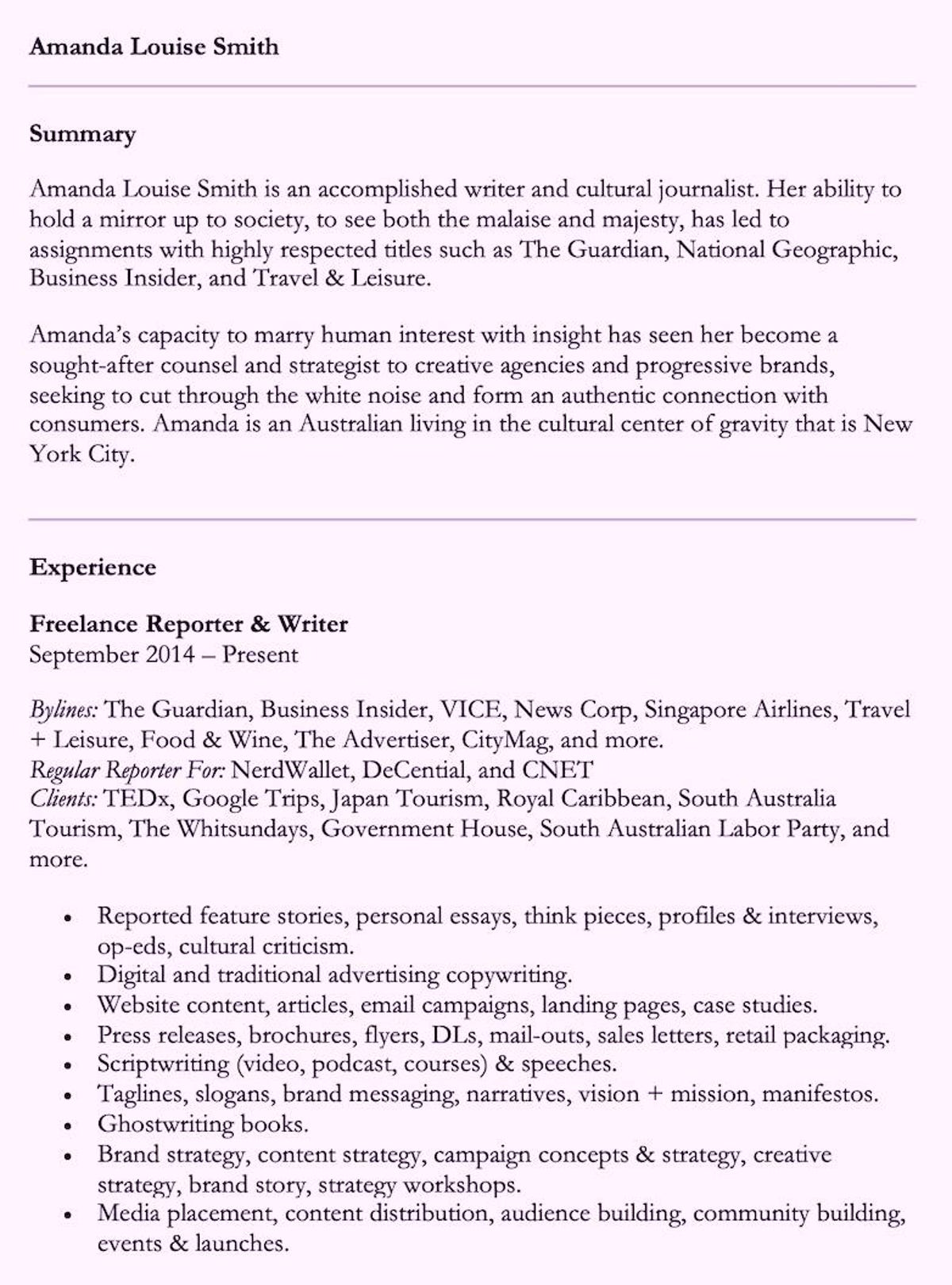

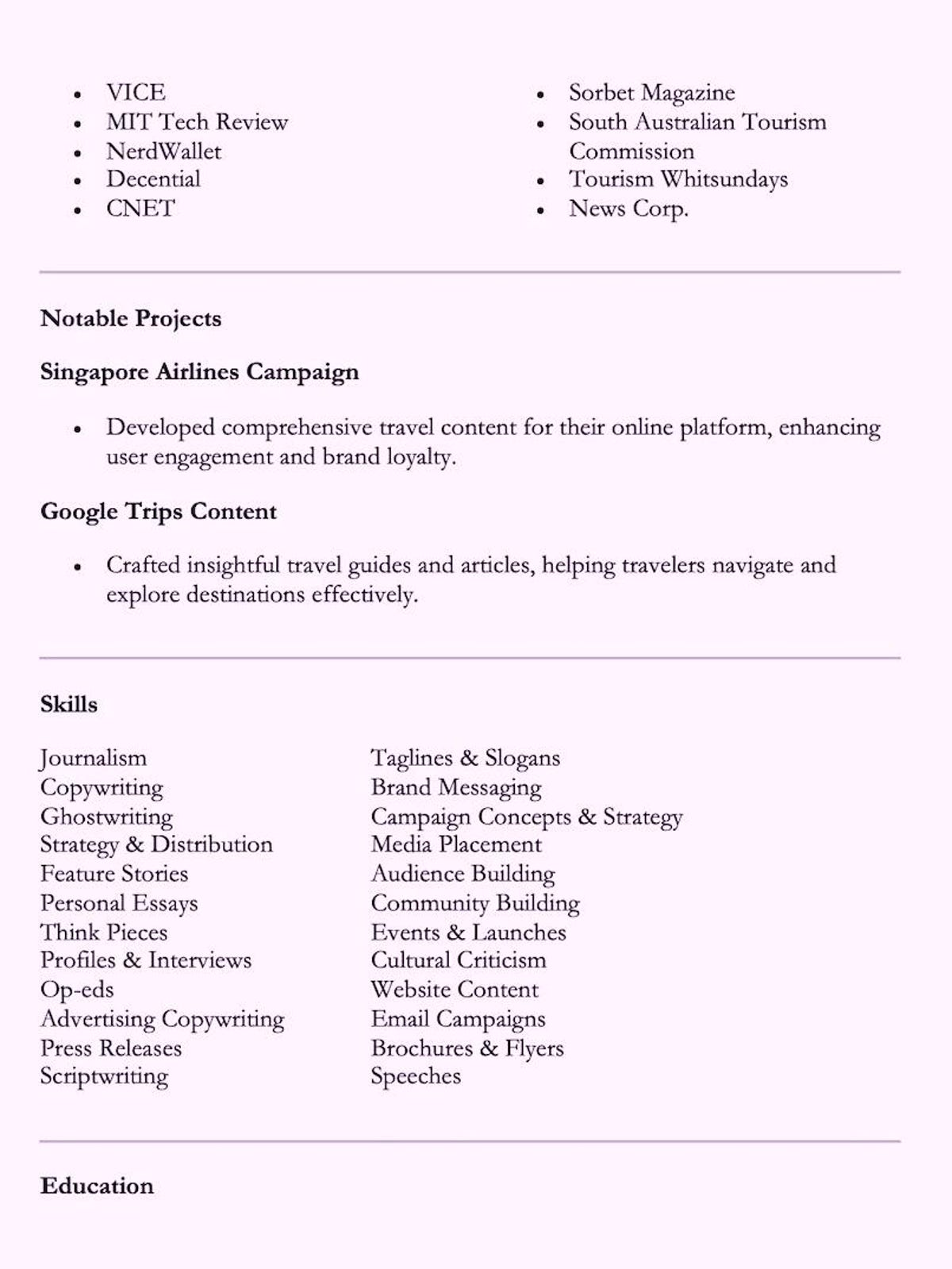

If you’re looking for a new job, a great resume can get your foot in the door. Unlike a cover letter, which needs to be updated for each new position, your resume only needs to be updated once every year or two to showcase your skills, experience, education, awards, and references.
With the current state of the job market, mass layoffs, and the shift to the gig economy, investing the time now to create an epic resume will pay off. Your resume is the first point of contact you have with a potential employer, but if staring at a blank page and trying to write about yourself feels daunting, let artificial intelligence do the work.

ChatGPT, the groundbreaking generative AI tool, can help you learn resume writing best practices and speed up the process. If there’s one thing AI is good at, it’s synthesizing, structuring, and summarizing information. And once you have your resume, you can use it to create a customized cover letter.
You can use a free version of ChatGPT or pay $20 per month for additional features such as the latest models, priority access during peak usage, and image generation.
Are you struggling to summarize the highlights of your career over the past decades on two pages? Read on.
Creating a resume from scratch
Set yourself up for success with some preparation. ChatGPT needs context, otherwise it will spit out generic content that is sometimes even wrong. I started by researching reporter resume templates and made notes about previous experiences, training and achievements.
To find out what ChatGPT needs, just ask. “Can you write a resume for me?” was my first prompt, and ChatGPT helpfully gave me all the information I needed to enter to get it started.

I have responded with all my information as shown below and have attached my preferred format:
Here’s my professional summary: [paste]
This is my work experience: [paste]
These are my main clients: [paste]
This is my education: [paste]
Make a list of skills based on my experience and format my resume as in the example below: [paste template]
ChatGPT does a great job of organizing information into a cohesive format, but I wanted to tweak it to be a bit more fluid (my education trumped my experience, which at first glance made it seem like I had no experience).
Please rearrange the following sections in this order:
- Contact details
- Summary
- Experience
- Major customers
- Skills
- Education
Looks good.



Keep your information less sensitive
You’ll notice that I didn’t give the chatbot my contact information to add to the resume. I prefer to keep my sensitive information out of the model to prevent future data breaches or unnecessary risk, so I will add my email address, phone number and address myself to the final version.
When looking at the concept of ChatGPT, two issues stood out to me:
- My 10 years as a full-time freelancer had to be supplemented with remarkable projects and long contracts.
- The list of skills was way too long.
In ChatGPT I wrote the following:
Add two contract roles under Freelance Reporter and Writer in the Experience section.
Freelance reporter at NerdWallet, August 2022 – present. Duties: Write articles providing personal finance advice, insights, and strategies to inform and empower everyday consumers in Australia. Topics include credit cards, travel points, frequent flyer programs, BNPL, credit scores, money management, and more.
Freelance Reporter at Decential, September 2022 – present. Tasks: Reporting on the people, projects and protocols in the world of web3. Covering news, interviewing founders, writing in-depth articles and commentary, and covering live events and conferences.
Then, instead of reducing the list of skills, I asked to sort it into two columns. The chatbot put the info in a table, which I didn’t like, so I asked to remove it.

ChatGPT still struggled. I asked it again to present the info in two columns, with a space between them but no table or borders. You can highlight a section and comment specifically there.

But it still didn’t work, so I stopped wasting time and did it directly in the document myself.
Latest changes
Before making my final edits, I asked ChatGPT for a short list of suggestions to improve my resume. It gave me some good advice — like highlighting accomplishments, quantifying results, tailoring my resume to a specific job, adding keywords, and making my professional summary more concise — but take it with a grain of salt.
For example, my professional summary shows my storytelling skills and doesn’t take up much space, but I did add a section for notable projects.
While some of the advice was relevant, like adding stats to achievements and starting each bullet point with a strong action verb, other advice was unnecessary. For example, I didn’t want to make my profile more concise, because that’s where I showcase my storytelling abilities for writing assignments. Always trust your human instincts when using AI.
Finally, I wanted to get it down from four pages to three, so I split my top clients into two columns and shortened the skills list. Below is the final version of my AI-powered resume.
Once ChatGPT is done with the details, you can add the finishing touches yourself. I’ll add my logo and byline hyperlinks and then you’re good to go!
For more AI tips, check out how to use Midjourney to create custom wedding invitations and how to use AI-powered Grammarly to do all your editing. For news and hands-on reviews of top AI tools ChatGPT, Copilot, Gemini, and more, check out CNET’s AI Atlas hub.
ChatGPT’s final resume for me:








